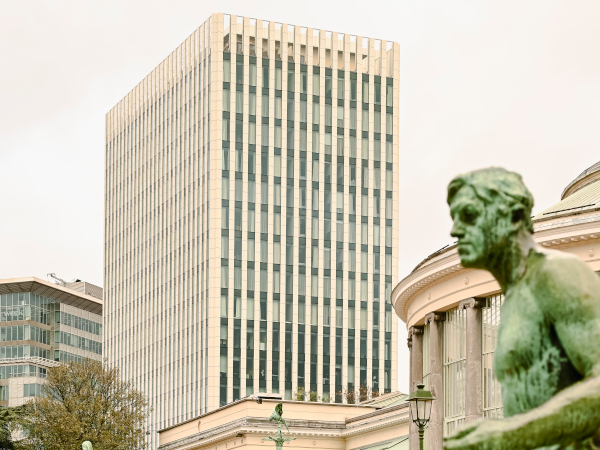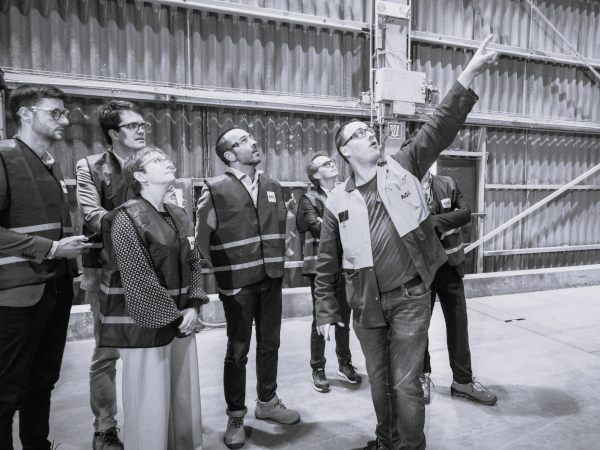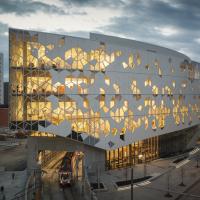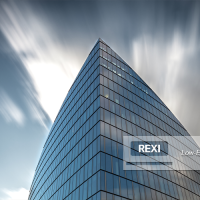Date: 17 March 2014
"Arial">ATTOCH can be installed inside a room, so no scaffolding is needed. Besides, installation is easy and takes only a short time. Unlike a heat shield film whose energy-saving effects are high only in summer, ATTOCH provides high energy-saving effects both in summer and winter, which were highly evaluated and led to the product receiving the award.
Features of ATTOCH:
- ATTOCH provides measures both against heat in summer and cold air in winter, thus achieving enhanced energy-saving performance throughout the year. Once installed, the product helps to reduce air-conditioning energy use by about 33% (30% in summer and 34% in winter), cutting air-conditioning costs by about 570,000 yen a year.*1
- No scaffolding is needed, resulting in lower installation costs.
- Installation takes only 30 to 60 minutes per window.
- Unlike a heat shield film, periodic replacement is not needed.
- The existing glass continues to be used, so its disposal is not required.
.jpg)
Since its launch in October 2012, ATTOCH has been applied to windows of office buildings and hotels, as well as at showrooms, providing users with comfortable spaces.
AGC will continue to deliver solutions for environmental and energy issues, and achieve comfortable lifestyles and spaces, by providing products that offer both energy-saving efficiency and comfort.
*1. Architectural conditions:
Area: Tokyo; Building width: 15 m; Depth: 15 m; Number of floors: 6; Floor area of the typical floor: 225 m2 ; Main direction: south; Height of typical floor: 3.6 m; Glass area of entire building: 432 m2
Media Contact
Junichi Kobayashi, General Manager, Corporate Communications & Investor Relations
AGC Asahi Glass Co., Ltd.
(Contact: Aoi Takahashi; Tel: +81-3-3218-5603; E-mail: info-pr@agc.com)
Product Inquiries: AGC Glass Company Customer Center
(Tel/Navi Dial: 0570-001-555)
Exhibition at ENEX2014
Visitors can see ATTOCH at the Award Corner and the booth of AGC Glass Products Co., Ltd. at ENEX2014 (The 38th Exhibition of Harmony between Global Environment and Energy) sponsored by the Energy Conservation Center, Japan. Please experience the product’s energy-saving efficiency and comfort.
●Date: January 29, 2014 (Wednesday) to January 31, 2014 (Friday)
10:00 a.m. - 5:00 p.m.
●Venue: Tokyo Big Sight East Hall 3
Booth No. of the Award Corner: 3V-18-14
Booth No. of AGC Glass Products Co., Ltd.: 3M-05


















Add new comment